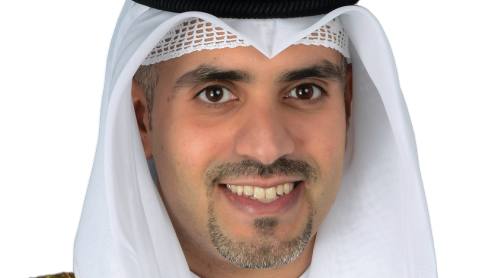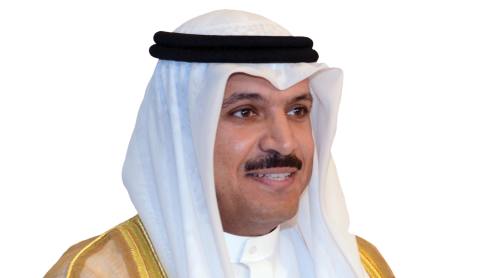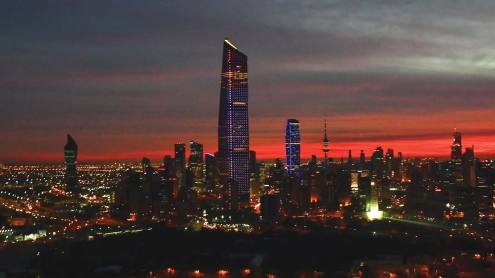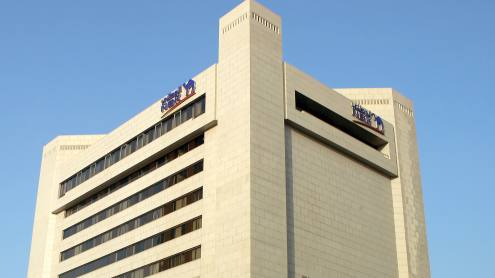It has not been an easy few years for oil-reliant countries such as Kuwait, with the sharp drop in global oil prices that began in 2014 decimating revenues. The November 2016 agreement by major oil producing nations to temporarily cut global oil production by almost 2 million barrels per day (bpd) in order to stabilise the market has had a positive effect on prices, but at an economic cost for those countries involved.
For Kuwait, it meant agreeing to a production cap of about 2.7 million bpd, cutting daily production by 130,000 barrels just as the country is planning strong expansion in both its upstream and downstream capacity. However, with the agreement likely to end in the near future and significant investment announced for the next five years, Kuwait could be set for strong expansion of both its oil and gas footprints.











